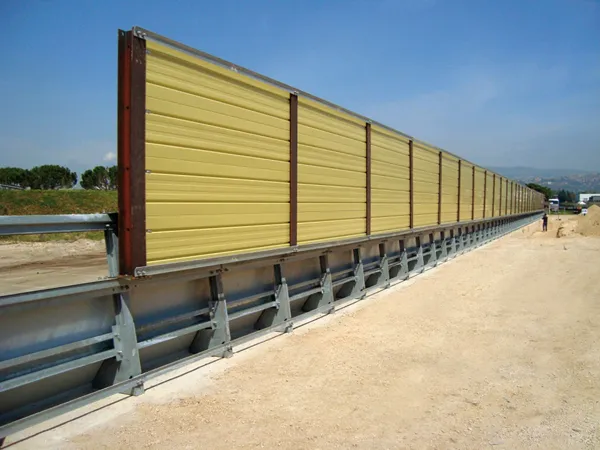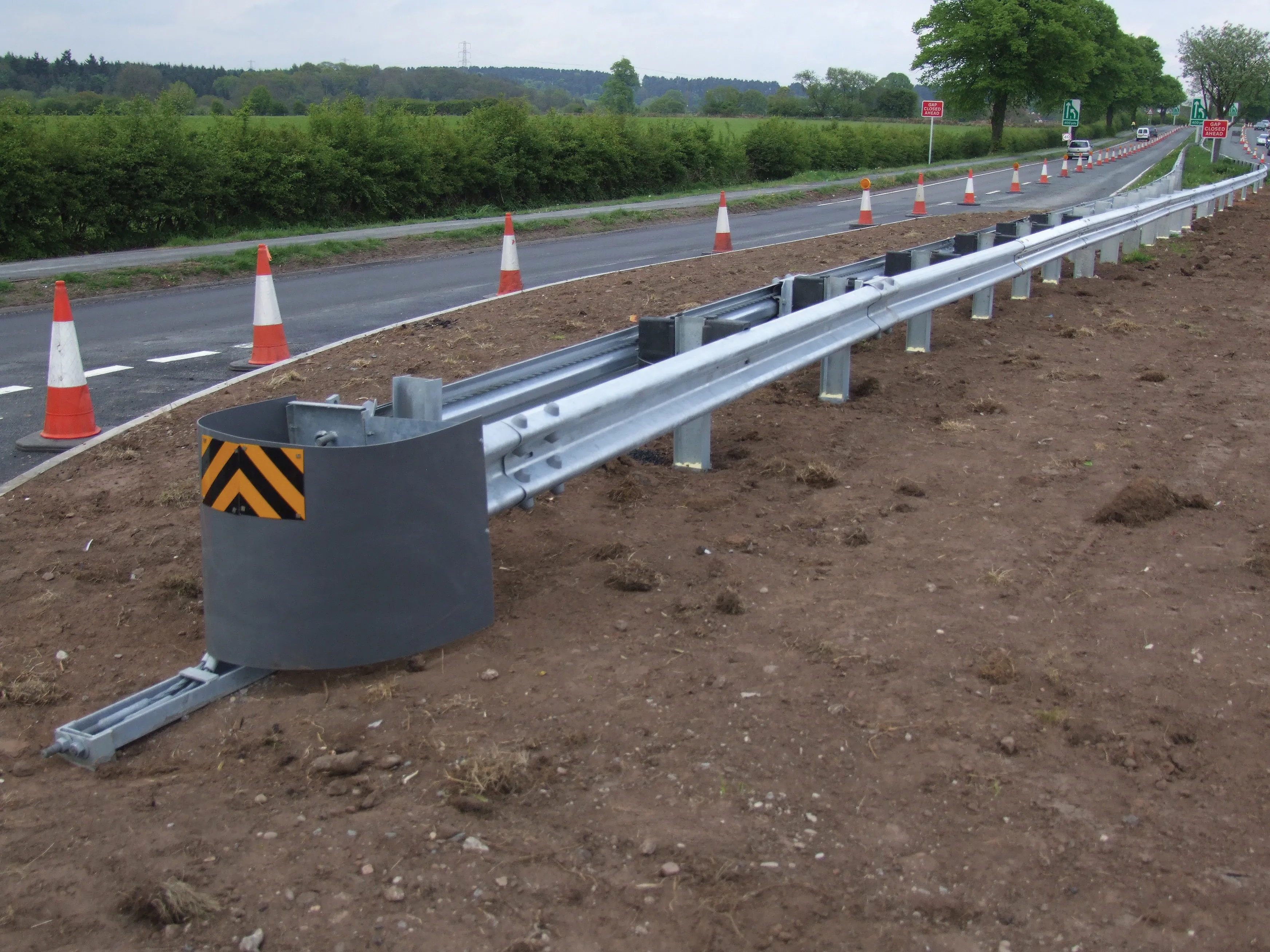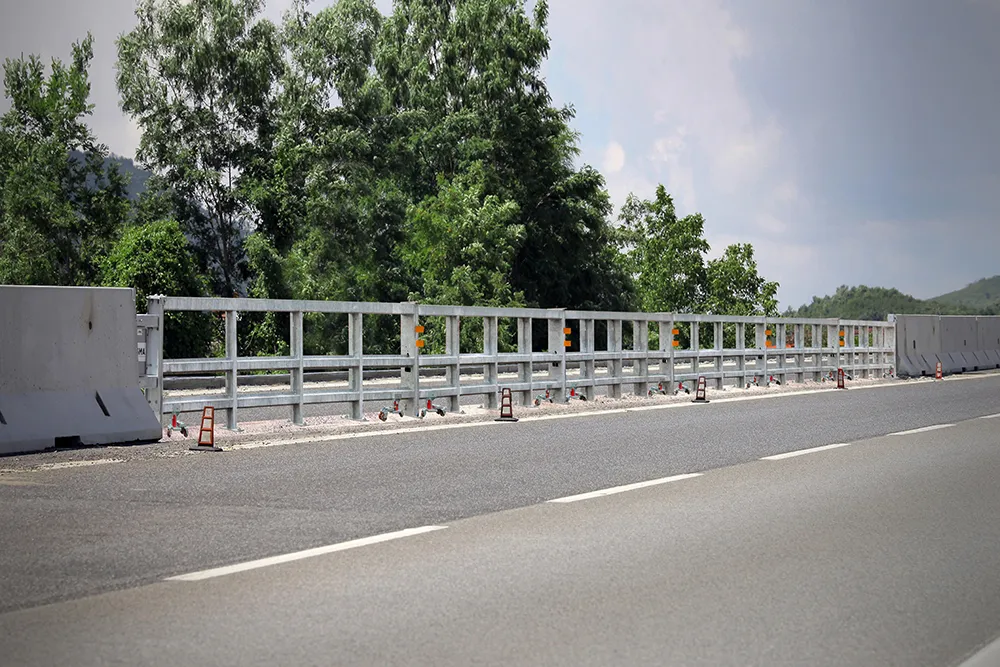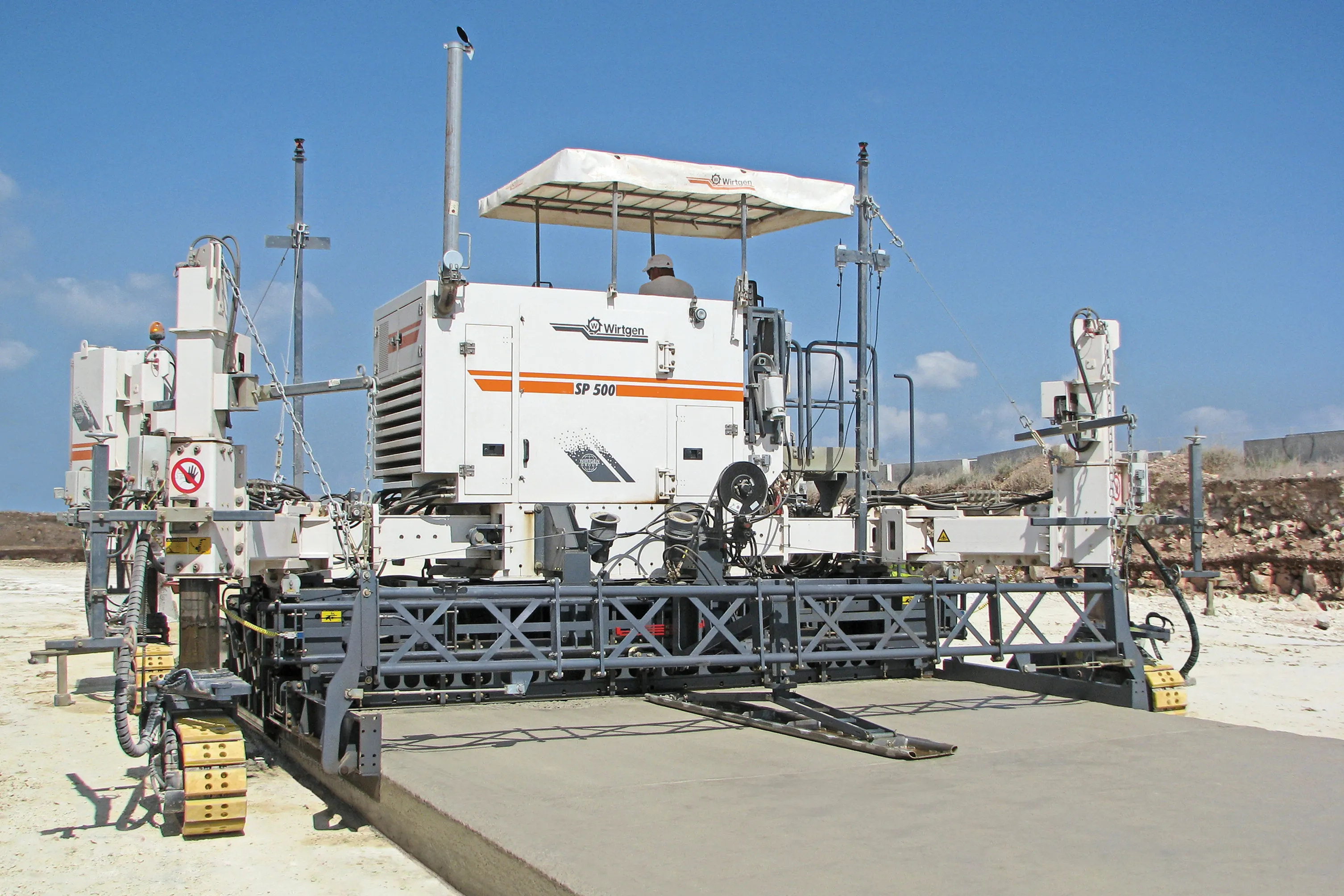Italian firm Marcegaglia has developed a new range of steel road safety barriers that is said to be versatile and cost effective. The units meet containment levels N2 to H4 and can be specified for different options in terms of working width levels (W). The line-up includes a dedicated system for motorcyclist protection designed to be fitted to all existing guardrails, a new P4 energy absorbing terminal system for barriers and a renewed range of steel New Jersey barriers, with optional integrated noise prot
April 5, 2012
Read time: 2 mins

Italian firm 272 Marcegaglia has developed a new range of steel road safety barriers that is said to be versatile and cost effective. The units meet containment levels N2 to H4 and can be specified for different options in terms of working width levels (W). The line-up includes a dedicated system for motorcyclist protection designed to be fitted to all existing guardrails, a new P4 energy absorbing terminal system for barriers and a renewed range of steel New Jersey barriers, with optional integrated noise protection.
The hot dip galvanised New Jersey barrier is lighter than the conventional types. It is also easy to install, versatile and corrosion resistant. The barrier system has been proven in tests as well as being inexpensive and having the ability to be assembled on existing fixtures. As the barrier sections weigh just 65kg, they are easy to install and replace when required.
The New Jersey barrier that is integrated with noise protection panels has been developed for road kerb installation and has been tested for the H4b containment class. Acoustic tests were performed, as well as tests with a 38tonne truck at an impact speed of 65km/h, a 900kg light vehicle at 100km/h and for the Spanish motorcyclist standard to the maximum level 1 rating.
The barrier uses a single M20 anchor bolt that is 1.4m long, a design that ensures low stress on the base. The bolt is inserted into a plastic sheath then fixed to the kerb with two-component epoxy resin adhesive. Following an impact, the rupture bar can be removed and replaced without the need for further drilling.
The hot dip galvanised New Jersey barrier is lighter than the conventional types. It is also easy to install, versatile and corrosion resistant. The barrier system has been proven in tests as well as being inexpensive and having the ability to be assembled on existing fixtures. As the barrier sections weigh just 65kg, they are easy to install and replace when required.
The New Jersey barrier that is integrated with noise protection panels has been developed for road kerb installation and has been tested for the H4b containment class. Acoustic tests were performed, as well as tests with a 38tonne truck at an impact speed of 65km/h, a 900kg light vehicle at 100km/h and for the Spanish motorcyclist standard to the maximum level 1 rating.
The barrier uses a single M20 anchor bolt that is 1.4m long, a design that ensures low stress on the base. The bolt is inserted into a plastic sheath then fixed to the kerb with two-component epoxy resin adhesive. Following an impact, the rupture bar can be removed and replaced without the need for further drilling.









